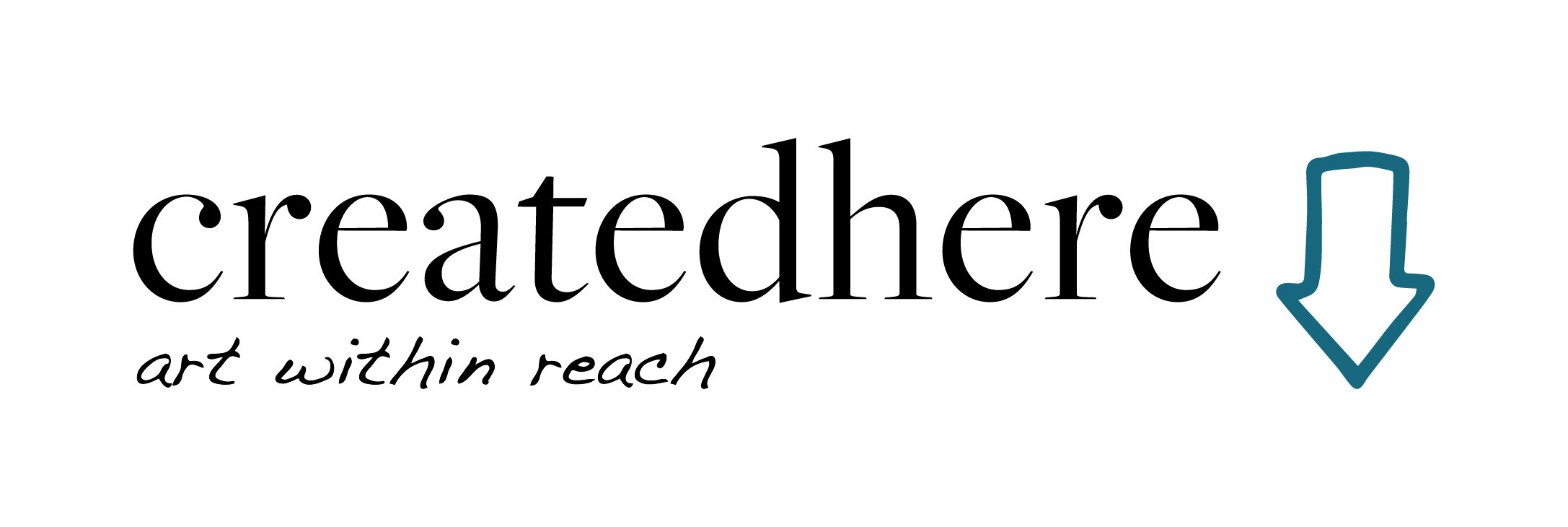Part Three | The Renaissance of Contemporary Acadian Art in New Brunswick
A Contribution to the Acadian-ness Movement by Artists Claude Roussel and Paul Édouard Bourque
by Anik Marchand
Part 3 of 4: Contribution to the Acadian-ness Movement by Paul Édouard Bourque
Paul Édouard Bourque (Canadian, born 1956) has an artistic practice based on the construction vs. deconstruction of imagery…
His artwork uses a variety of expressive forms such as painting, drawing, printing, and installation. For over 40 years, Bourque has shown his work all over the world, and is represented in many collections, both public and private.
In addition to his exhibition activities, Bourque is a teacher and mentor, organizing many workshops and presentations for various cultural institutions locally and nationally. Since 2015, Bourque has curated several important exhibitions and art-based projects. He is a member of the Royal Academy of Canada.
Figure 3.1 | Paul Édouard Bourque, Mikey, 1984
A majority of Bourque’s artworks are dedicated to putting emphasis not only on his roots, but also on reconciling his origins with modern Acadian society. The historical themes utilized by Bourque in his work still resonate in contemporary Acadian art today, much like they did in the 1970s, and although history has evolved from the Deportation era, artists such as Bourque are negotiating these histories in different ways through reconciliation. Bourque’s work often deals with issues of power and struggle, fear and loss, and identity, visible in his two-part, mixed-media work, Évangéline, 2014.
Figure 3.3 | Paul Édouard Bourque, Sans titre (Évangéline), 2014
Évangéline, 2014, was shown as part of the exhibition, L’Acadie Mythique, curated by Harlan Johnson and presented at the Art Gallery of Saint Mary’s University in 2015. Driven by a specific history and eccentric in style, Évangéline, 2014, serves as a complex visual archive of the Deportation. Depicted as a saint-like figure with neon pink strands of light beaming behind her, she can be seen as a pious figure much like the martyred saints adored by followers of the Catholic faith. In this way, the work engages in the dark subject matter of the Acadian heroine’s fate during the Great Upheaval of 1755.
Bourque’s version of Évangéline’s story, however, has the heroine, during her travels in search of Gabriel, ingesting trinkets encountered along her way whom she’s mistaken for food, exacerbating her grief and contributing to the loss of faith in her religion. Shown separately next to the figure is a compartment revealing the insides of her stomach in which bright-coloured bits and pieces of plastic are lodged. Together, the objects could allude to the ebb and tide of faith experienced by Acadians post-Deportation in rebuilding a strong community as well as their tenacity and endurance.
Bourque carefully placed real-life objects—an orange and a black lighter, a children’s chocolate egg casing, silver ribbon, yellow string, a bicycle reflector, marbles, one blue and another green, a blue juice bottle cap, and a blue chewing gum wrapper among other plastic pollutants—in black, sponge-like packaging material as if the objects found in the slots were prized possessions.
Lighters, amongst the objects found in the case, are objects which emit fire and heat and could ultimately have the potential to save a life in dire need, a tool which could have saved the poor Évangéline along her journey. Fire also has multiple meanings; it could be seen to symbolize Evangeline’s eternal flame for her lover, Gabriel, but could also indicate the burning passion the youth of New Brunswick hold in their quest for a distinct identity.
Similarly, the spoon represents a utensil used to nourish oneself. However, it could also suggest menial labour, the shape much like a shovel, embodying the hard work Acadians undertook upon their arrival in North America, digging marshes and building their communities amidst the wilderness.
Admittedly, the dissected female body depicted in Évangéline is neither an idealized nor sexualized representation of women as is stereotypically encountered in personifications of land—in this case, Évangéline as Acadia—through the female figure in visual culture. Through the personification of Acadia through the character of Évangéline, Bourque’s Évangéline, 2014, focuses on how Acadia is susceptible to illness, internalizing not only the trauma of its history but also its present in ways that are detrimental to its well-being.
For example, plastic trinkets could also be interpreted as a critical commentary on the commodification of Acadian culture via tourism; Acadian culture is made into commodities, broken down into objects rather than embraced as a distinct culture. The abundance of plastic bibelot produced and bought by visitors’ risk making Acadians an exploited commercialized community. Past and present denigrations of Acadian culture, however, have only made Acadians more committed to preserving their culture.
Figure 3.5 | Paul Édouard Bourque prepares his 2015 art exhibition “Les Mikeys de Paul Édouard Bourque”
Read the Final Chapter HERE
Thanks to generous funding from the Strategic Initiatives Fund
Images
Figure 3.1
Paul Édouard Bourque, Mikey, 1984
61 × 53 cm, Photocopy and mixed media mounted on Masonite
© Paul Édouard Bourque (Photo Jim Dupuis)
Figure 3.2
Paul Édouard Bourque, Mikey, 1978
60 × 45 cm, Screen print and mixed media on paper
© Paul Édouard Bourque (Photo Jim Dupuis)
Figure 3.3
Paul Édouard Bourque, Sans titre (Évangéline), 2014
Part 1 of 2 (left) 140 × 86.5 × 2.5 cm
Two-part mixed-media artwork
© Paul Édouard Bourque (Photo Valmond LeBlanc)
Figure 3.4
Paul Édouard Bourque, Sans titre (Évangéline), 2014
Part 2 of 2 (right) 23 × 38 × 5 cm
Two-part mixed-media artwork
© Paul Édouard Bourque (Photo Valmond LeBlanc)
Figure 3.5
Paul Édouard Bourque prepares his 2015 art exhibition “Les Mikeys de Paul Édouard Bourque”
at the Galerie d’art Louise-et-Reuben-Cohen, Université de Moncton. (Photo: Jim Dupuis)
Want More Paul Édouard Bourque?
Paul is a feature artist in our print issue #17 Creativity, shipping in early September! Subscribe to our quarterly publication so you’ll never miss out on your next favourite NB creator!








